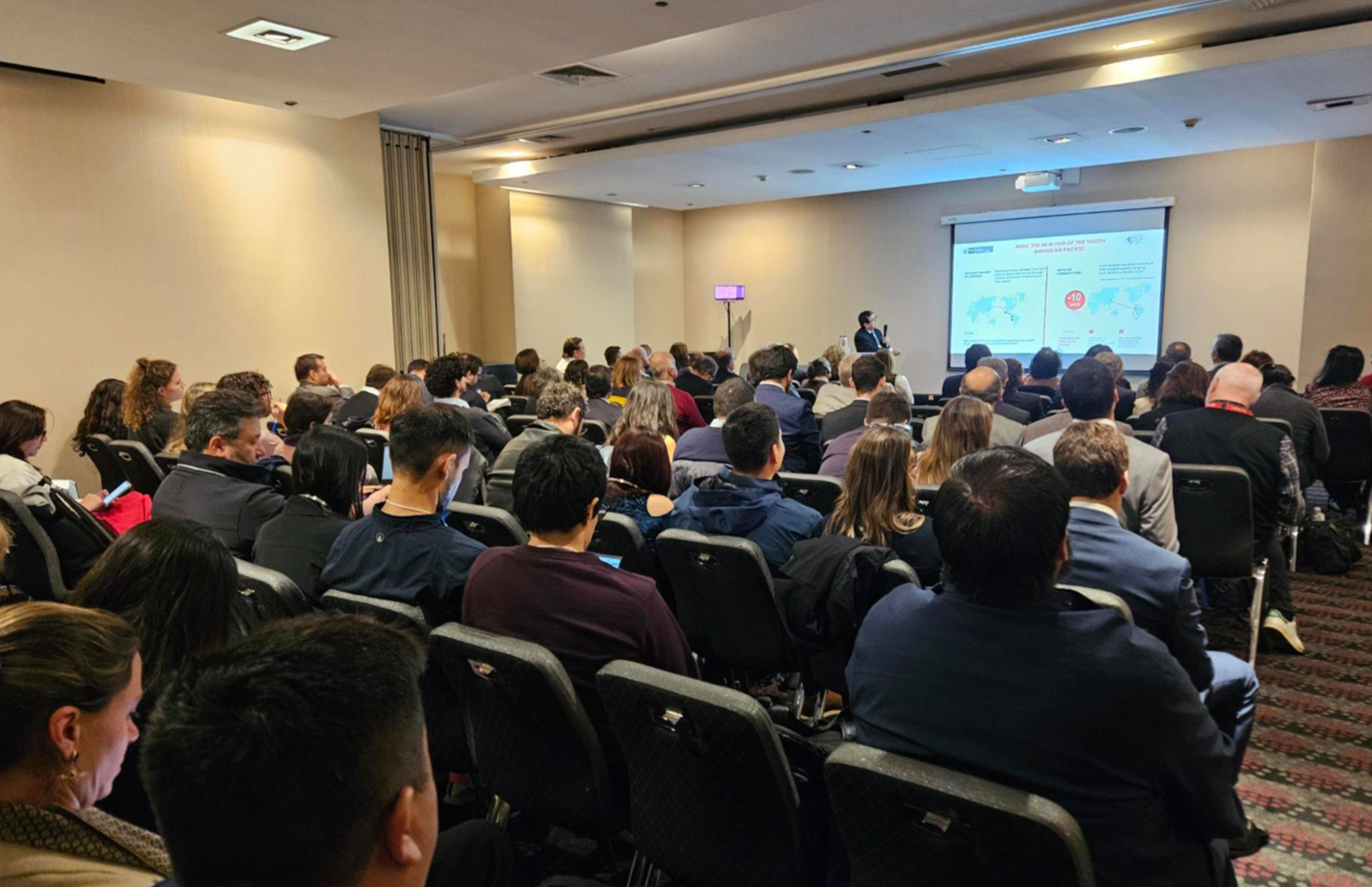The Blue View of CESCO Santiago 2025
Opinion Pieces

15
Apr
2025
The Blue View of CESCO Santiago 2025
The copper sector met to discuss and debate the short-term market outlook for 2025
Last week saw the annual gathering of the world’s leading producers, consumers, traders, industry associations, and market analysts in the beautiful city of Santiago, the capital of the world’s top copper producing country (Chile). The industry met both formally and informally at several events and a series of one-to-one discussions to exchange views on market trends, hot topics and points of contention, all set against the background of a changing daily narrative of the latest news on US trade tariffs and potential retaliatory countermeasures.
A highlight of the week was Project Blue’s successful Santiago Critical Materials Forum, held in partnership with Cochilco, our first event in Latin America
Beyond the potential short- and long-term consequences of the introduction of tariffs on the market outlook and industry investment, attention was focused on several ‘pinch points’. The questions over how to resolve the unsustainably low annual TC/RC benchmark contract terms – and negative spot terms in China – because of the overinvestment in world smelter capacity that has coincided with a period of challenging mine supply growth. Thus far, only Glencore’s PASAR smelter in the Philippines has been idled. More (permanent) closures need to happen for the overcapacity to be resolved, otherwise it might take 6-7 years for this to occur without intervention.
Integrated smelter-refineries are less exposed, and those who can accept a broad range of raw material feedstock (anode, blister, scrap and e-scrap). Notable are Japanese and Korean smelters who are aggressively embracing a strategy of utilising e-scrap for the precious metal by-product credits to support their margins. Closure costs and site clean-up costs also need to be borne in mind when considering possible closure candidates.
Another recurring theme throughout the week was the growing demand for reliable data sets and market insights into the copper scrap (secondary) sector. The primary and secondary copper markets have long been interconnected, however, the threat of tariffs between the US and China, as well as other pending regulatory issues in Europe, now risks disrupting the era of free trade in scrap. If this market segment fails to operate well then consumers have no choice but to aggressively switch back into purchasing cathodes, which would push the copper price back up quite dramatically.
Amid heightened market stress, informed opinions and reliable data on this opaque market sector are not only in demand, but essential.